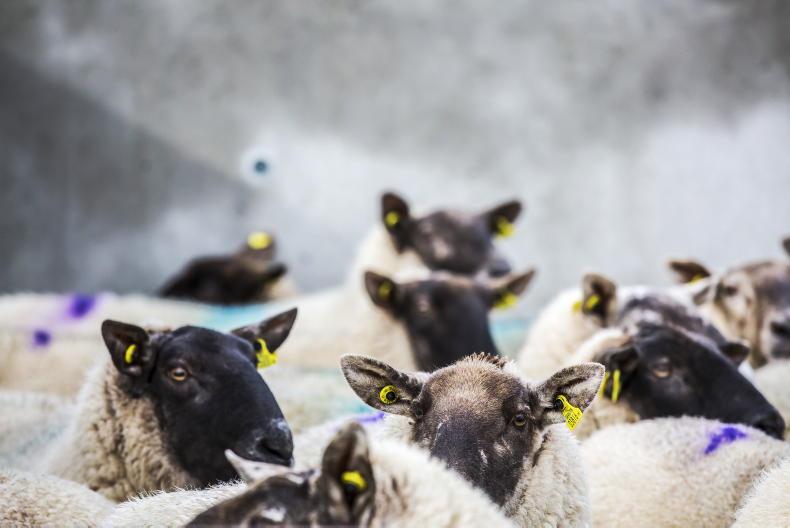Gurteen Agricultural College recently hosted an event to upskill farmers on getting the best out of their fertiliser spreader. The "Precise Application of Fertiliser" event was held in conjunction with the Fertilizer Association of Ireland and Teagasc and college staff.
Workshop topics included fertiliser spreader calibration and safety around fertiliser spreading such as the handling of big bags. There was a wide range of machinery on display at the event, with most of the spreader manufacturers represented.
Profitability goals
President of the Fertilizer Association of Ireland and Teagasc specialist Mark Plunkett and said: “The precise application of fertiliser plays a major role in helping farming systems to reach their production and profitability goals, while also protecting water quality and reducing both greenhouse gas (GHG) and ammonia emissions from agriculture.”
The three essentials for precise and even spreading were given by Teagasc researcher Dermot Forristal: a well-designed spreader; good-quality fertiliser of known characteristics and the correct setting of the machine for the chosen fertiliser and bout width.
Modern spreaders are increasingly complex and are capable of wide spreading, but it is essential that they are supported by good setting information
“Wider bout widths and the anticipated increased use of urea make machine choice and setting more important. It is essential that spreader manufacturers have a database of spreading tests which operators can access by inputting their own fertiliser type either online or by phone app, to get the appropriate spreader settings.
“Modern spreaders are increasingly complex and are capable of wide spreading, but it is essential that they are supported by good setting information," he said.
Granule size
Teagasc machinery specialist Francis Quigley spoke about the basic set up and spreader calibration, while John Carroll of Glanbia said that 80% of fertiliser granules should be between 2mm and 4mm in size and for a blended fertiliser such as 18-6-12+S that there should be an even distribution of all four fertiliser ingredients (N, P, K and S) in the different size ranges.
“That will help ensure an even spread and good distribution of all the major plant nutrients during the spreading operation,” he said.









SHARING OPTIONS